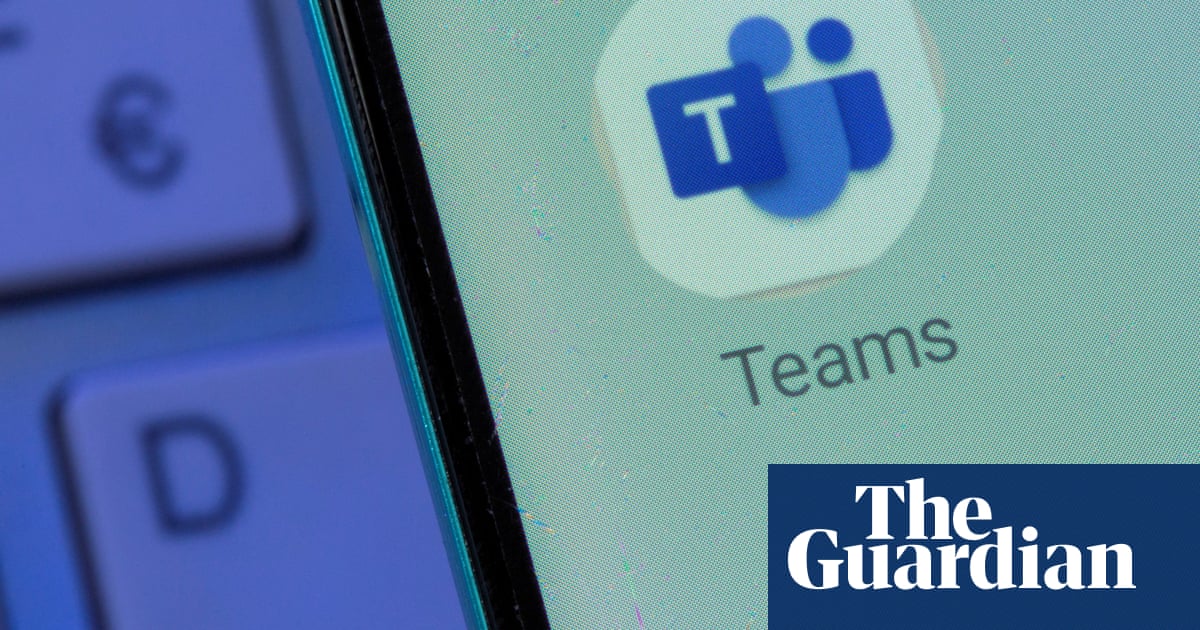The New South Wales education department was caught by surprise whenMicrosoftbegan collecting the voice and facial biometric data of school students using the Teams video conferencing app in March.
Late last year, Microsoft announced it would enable data collection by default, commencing in March, for a Teams feature known as voice and face enrolment.
Voice and face enrolment in Teams creates a voice and face “profile” for each participant in Teams meetings, which the company said improves the audio quality, reduces background noise, and enables the software to tell who is speaking in meetings by recognising their voice and face.
The data is also fed into Microsoft’s large language model CoPilot to improve accuracy in transcription or summaries when that is enabled in those meetings.
The NSW education department website states Teams is used by schools as “a hub for teachers and students to engage, create, interact, and collaborate”.
“It’s a one-stop communication platform that combines chat, video meetings/lessons, file storage, assignments and integration of multiple applications,” the website states.
Guardian Australia can reveal that when the voice and face enrolment for Teams was switched on in March, the department was caught unaware for a month.
“A new Microsoft Teams feature that allowed voice and facial enrolment for people entering Teams meetings was quickly disabled across our network, and any face or voice recognition profiles that were created have been removed,” a spokesperson for the education department said.
The feature was switched off in April and the profiles were deleted within 24 hours of the department becoming aware that voice and facial enrolment was enabled.
The education department did not answer questions about the number of students or staff who had biometric data collected on them in the time it was available, or if those affected had been informed.
One concerned parent who alerted Guardian Australia to the matter expressed concern that despite the reassurances the department had given them about the data being deleted and the feature switched off, other parents may not have been aware it had been collected in the first place.
Microsoft retains a copy of the data while a user is enrolled and a user can choose to delete the profile at any point. If a user deletes their Teams account, Microsoft states on its website that it deletes the biometric data within 90 days.
Sign up toAfternoon Update
Our Australian afternoon update breaks down the key stories of the day, telling you what’s happening and why it matters
after newsletter promotion
Rys Farthing, the director of policy and research at the research organisation Reset.Tech Australia, described the collection of biometric data of children as “a real worry”.
“That young people’s biometric data was unnecessarily collected creates real concerns – those students now have a lifetime to live with those risks,” Farthing said.
“Was this data used to train their AI after it was collected? Are we sure it wasn’t disclosed or shared while it existed, and that all copies of it have been deleted? Data is like toothpaste, it’s hard to put it back in the tube once it’s been collected.
“This just shows why we needstronger protectionsaround children’s data, especially around preventing excessive collection. It’s worrying stuff.”
Microsoft declined to comment.
